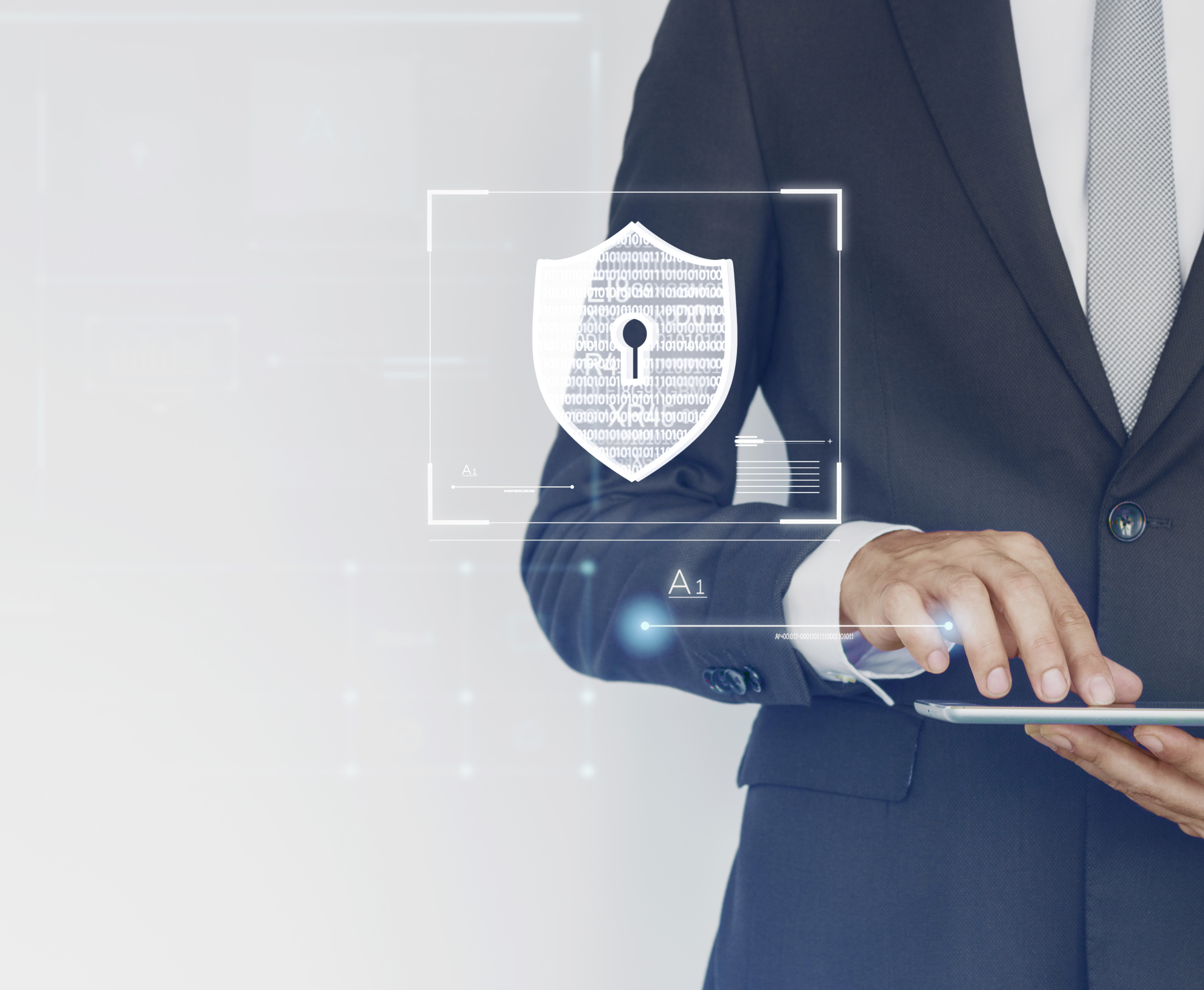
Without doubt, computer security will continue to be relevant for people and organizations during 2021, given the advance of the digital transformation, the value of information and the massification of the Internet, among other factors. This is highlighted by AVANTIC General Manager, Francisco Fernández, who says that during 2020 there were millions of incidents of this type on the planet, one more relevant than others, committed by real criminal organizations, especially from China, Russia and North Korea. In this sense, he points out that, at a global level, the sectors most affected by the cyber-attacks were industry and finance. He also adds that the majority of cyber security incidents were concentrated in the Middle East, followed by Russia and, in third place, Latin America. Given this context, the executive delivered a series of cyber security predictions for this year: because computer attacks will continue to increase. AVANTIC believes that the malicious actions of hackers and criminal organizations will increase during 2021, especially in the form of data kidnapping and extortion. In this sense, Ransomware-known as a threat that seeks to digitally kidnap the information of an organization or person, and then ask for a ransom in exchange for their liberation-will continue to be one of the most lucrative cyber crimes in the coming year. “This threat has evolved over time, as it has encrypted the information of its victims and rendered the data unusable -as PDF, Word, Excel files, databases, etc.- now its objective is to carry out extortion, in order to obtain economic benefit and/or affect the image of an organization,” warns Francisco Fernández. Greater focus on Endpoints. Computer devices that connect to a network remotely, also known as endpoints, will continue to be the main access door to a company or institution for cyber-crooks in 2021. This is why AVANTIC recommends paying more attention to them and protecting workstations, servers, PCs, laptops, smartphones and tablets with advanced tools such as EDR (Endpoint Detection and Response), as hacker actions are becoming increasingly complex. According to industry statistics, for every minute that a cyber-crook has to act, the risk increases and, therefore, the damage that the attack can cause. This damage is both reputational and economic, and can even include the shutdown of normal business activities. In contrast, EDR technology provides a real-time, end-to-end view, from a single console, of the devices or endpoints connected to a company’s corporate infrastructure, focusing on security analysis and response to detected incidents. More information Revista Seguridad


 82% of company directors in Chile believe that cybersecurity should be a priority
82% of company directors in Chile believe that cybersecurity should be a priority
 Claro present at Seguridad Expo 2021: digital inclusion of people and digital evolution of organizations
Claro present at Seguridad Expo 2021: digital inclusion of people and digital evolution of organizations
 Security Expo to present international congress in December, a prelude to the 2023 international trade show
Security Expo to present international congress in December, a prelude to the 2023 international trade show
